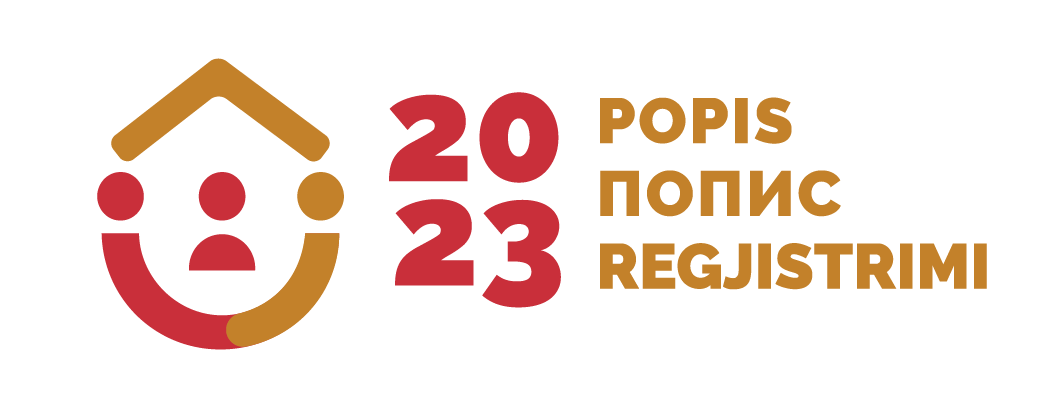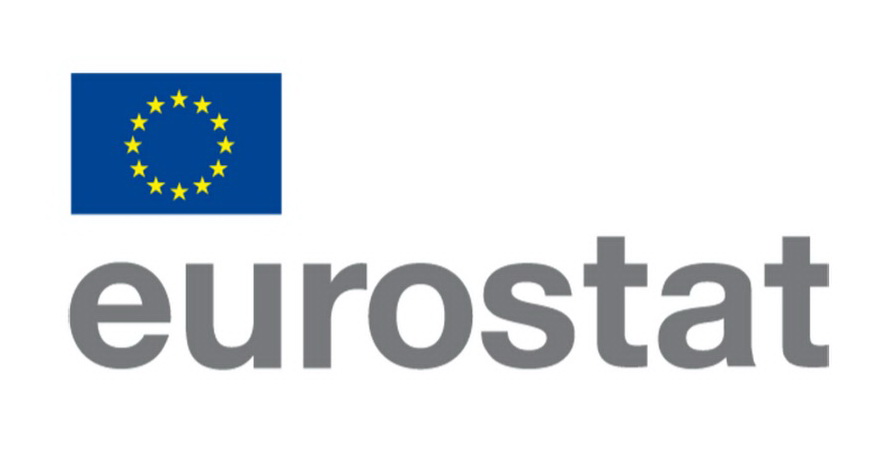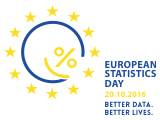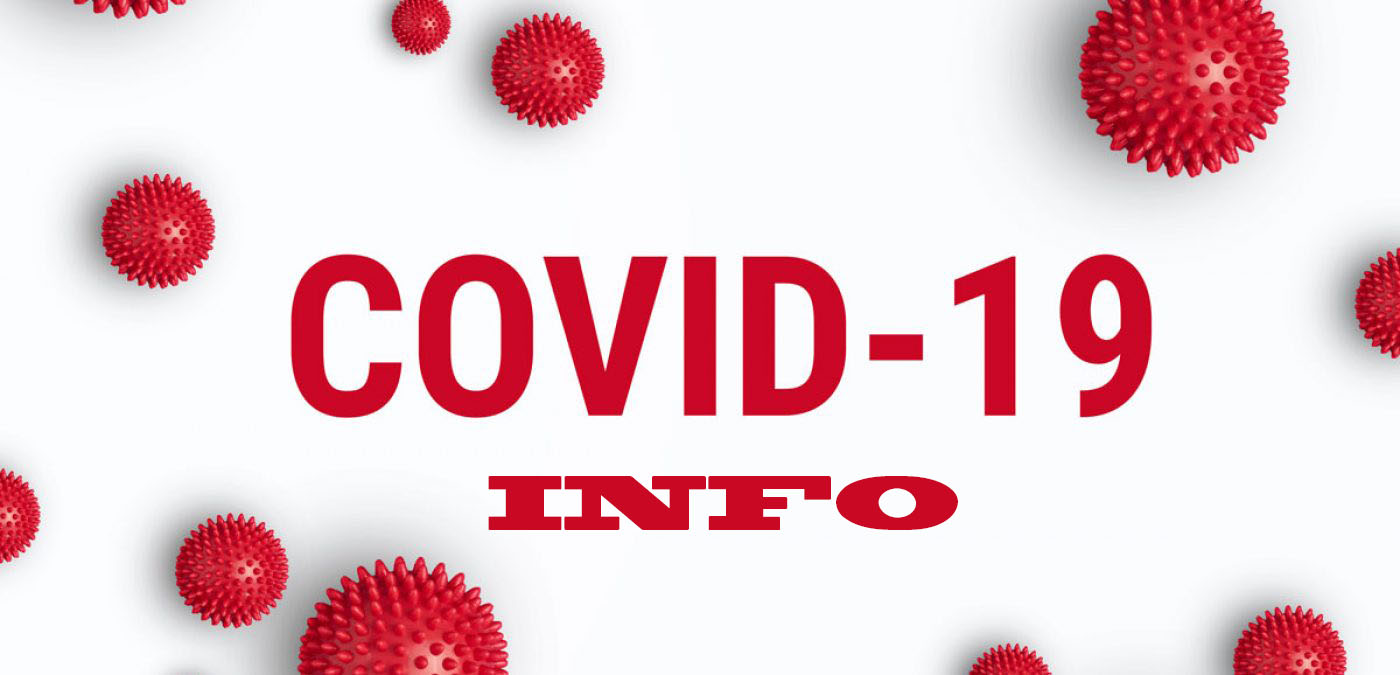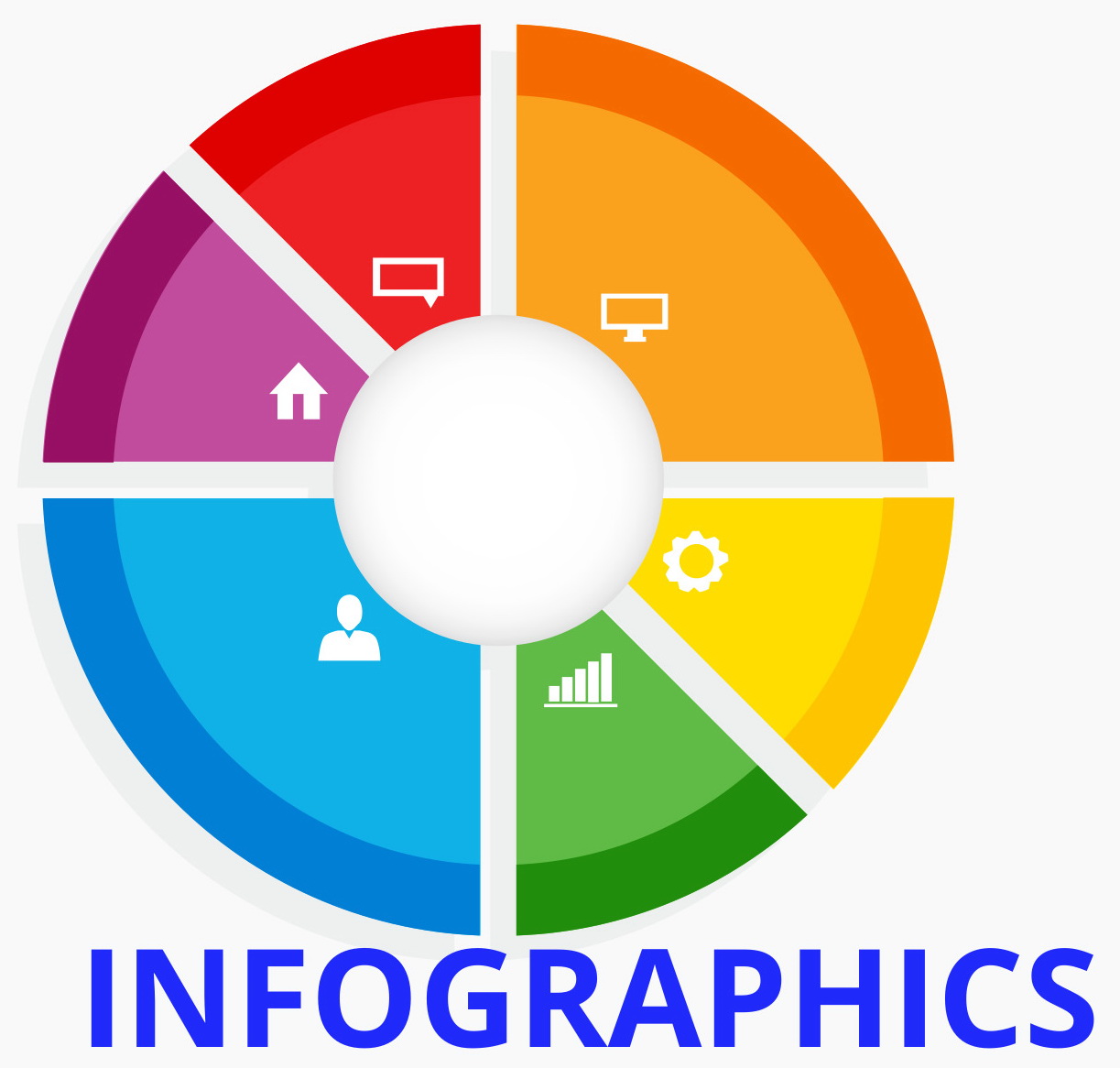25.06.2019
Comparative price levels of 37 European countries in 2018
On 20th June 2019, Eurostat has published a comparative price levels from 37 European countries. The group of 37 European countries consists of 28 EU members, three EFTA members (Iceland, Norway and Switzerland), five candidate countries for EU membership (Montenegro, North Macedonia, Serbia, Albania and Turkey) and Bosnia and Herzegovina, a potential candidate for EU membership. The given results are based on surveys conducted within the project of Purchasing Power Parities (PPP), which collects prices for approx. 440 comparable products, allowing countries to collect prices for a sufficient number of representative products. PPP project is implemented under the leadership of Eurostat and OECD. The results of the surveys are presented through the "price level index", which enables the comparison of prices between countries with the EU average. If the price level index is higher than 100, the country is considered relatively more expensive compared to the EU average, and if the price index is lower than 100, the country is considered relatively cheaper compared to the EU average. In 2018 the price levels for food, beverages and tobacco varied considerably across European countries. Denmark's consumer prices for food and non-alcoholic beverages are 30% above the EU average, while the cheapest EU member is Poland, which consumer prices are 31% below the EU average. The price level for food and non-alcoholic beverages in Montenegro was 78% of EU average in 2018, while in neighbouring countries PLI was: Albania 79%, Serbia 78%, Bosnia and Herzegovina 76%, and North Macedonia 62% of the European average.
